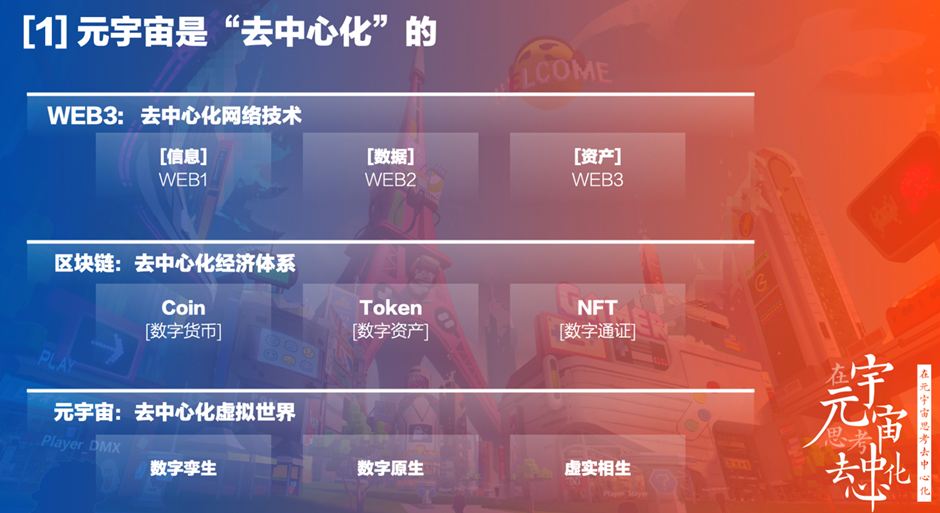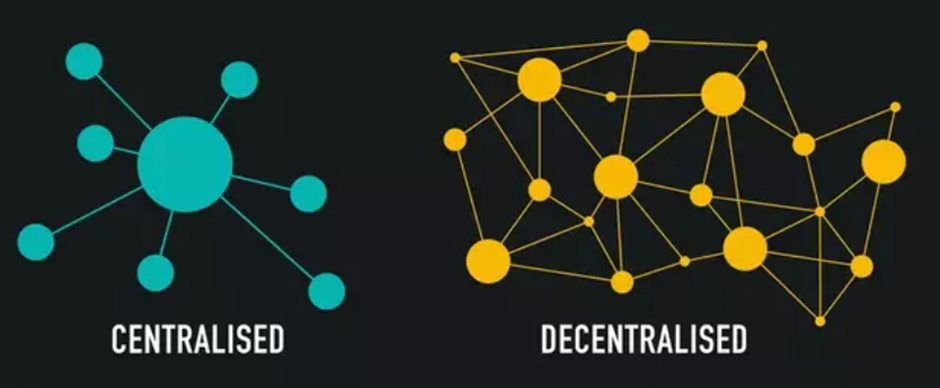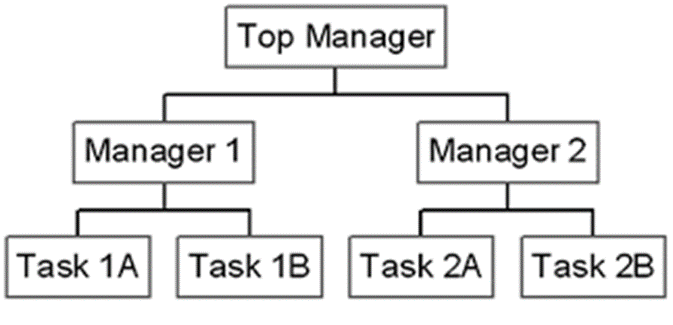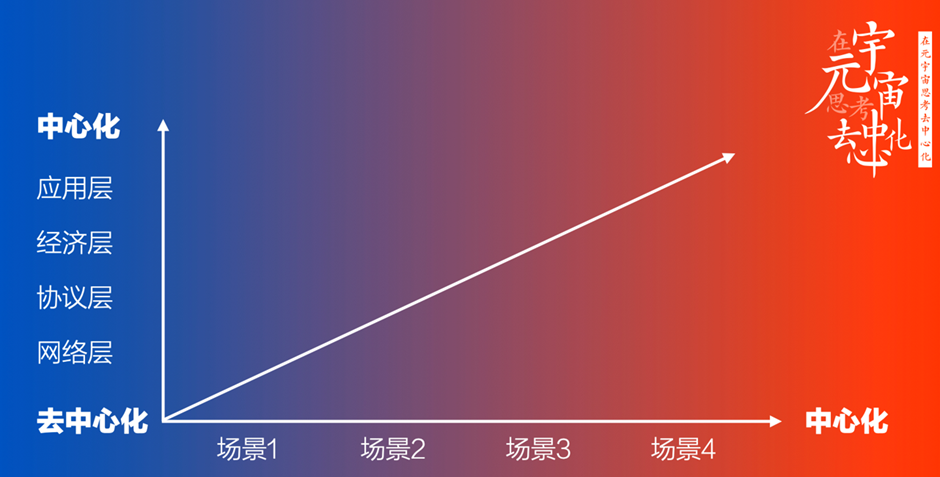On the afternoon of March 30, the first Metaverse Forum of Xinzhiyuan, "Metaverse New Humans", was held online. Many big names shared their experiences and contributed a lot of valuable information. Xiao Feng, Chairman and General Manager of Wanxiang Blockchain, was also invited to give a speech at the forum. Dr. Xiao Feng talked about the relationship between blockchain, Web3 and Metaverse, and believed that centralized or decentralized "interval matching" can be done in different application scenarios, and centralized or decentralized "layered and graded" at different network levels can also be done.
The network foundation of the Metaverse is WEB3. How can WEB3 make user data its own asset? This requires blockchain technology as a distributed ledger.
Blockchain is used to register the data assets of Internet users. On the decentralized network of WEB3, blockchain is a matching decentralized economic and financial system; and the metaverse based on these two is a decentralized digital world.
Only by combining decentralized WEB3 with a decentralized economic system can a complete metaverse be formed.
In the metaverse, the core content is not the digital twin, but the digital twin is the foundation of the metaverse. The most core and valuable thing in the metaverse is the more innovative, creative and disruptive digital native technology.
In the digital world, digital native can create things that are impossible in the physical world. This is the fundamental reason why we need the metaverse.
Dr. Xiao Feng said that the contradiction between decentralization and centralization can be interpreted in many dimensions. How we view "decentralization" determines whether we can build a real metaverse and even whether we can build a real digital economic system. Decentralization does have its drawbacks and shortcomings, but it also has its positive significance.
First of all, from the development trend of basic network technology, because of the need to face more and more massive data, more and more massive demands, more and more important network security and robustness requirements, and in order to better eliminate single points of failure, the network is becoming more and more decentralized, which is understandable.
Secondly, from an economic perspective, decentralization and centralization actually reflect the struggle between fairness and efficiency. Fairness and efficiency are eternal topics in economics. Centralization emphasizes efficiency, while decentralization emphasizes fairness.
Extreme decentralization and extreme centralization emphasize extreme fairness or extreme efficiency. However, nothing can be extreme, and extreme fairness and extreme efficiency are definitely not good.
Third, from the perspective of epistemology, emergence theory is very compatible with decentralization. In the face of complex systems brought about by digital technology, emergence theory emphasizes the complexity, randomness, and self-organization of the system, while reductionism, which originated in ancient Greece, emphasizes the integrity and structure of the world and emphasizes the method of detailed analysis. For the cognition of the metaverse, there are both centralized and decentralized logics, and there is no saying who is right or wrong.
Fourth, from the perspective of governance mechanism, centralization is about top-down hierarchy and top-level design, while decentralization is about bottom-up distribution and grassroots decision-making. Ren Zhengfei once said something like this: let the soldiers who can hear the gunfire command the generals. This is what he meant.
Fifth, in terms of technological innovation, Brian Arthur, former president of the Santa Fe Institute, said that the essence of technological evolution is also "self-creation" and "self-organization." The path of technological innovation has always been from the edge to the core.
Sixth, in terms of business innovation, in the early days of the Industrial Revolution, the company's organizational form was a U-shaped organization, that is, there was a high degree of top-down control, and departments had no decision-making power, which was a high degree of centralization.
As globalization and diversification became a trend, there was a division of regions and product lines. At this time, it was impossible for the headquarters not to allow branches in various regions and product lines to have independent decision-making power, so decentralization became valuable. Thus, the M-type organization emerged.
Seventh, the digital world is a world of bit structure, which is characterized by complexity, chaos, disorder, randomness, and imbalance, and it is decentralized. When doing things in the metaverse, we must face the characteristics of decentralization, which is a reality we cannot resist.
Therefore, Xiao Feng believes that we should take a comprehensive view of decentralization, discard its dross, take its essence, and use it for our own benefit. The recommended method is as follows: on the horizontal axis, do a good job of "interval matching" of centralization or decentralization in different application scenarios, and most application scenarios should be located at one of these two coordinate points; on the vertical axis, do a good job of "layering and grading" of centralization or decentralization at different network levels, the network layer may be more decentralized, and the application layer may be more centralized.




















